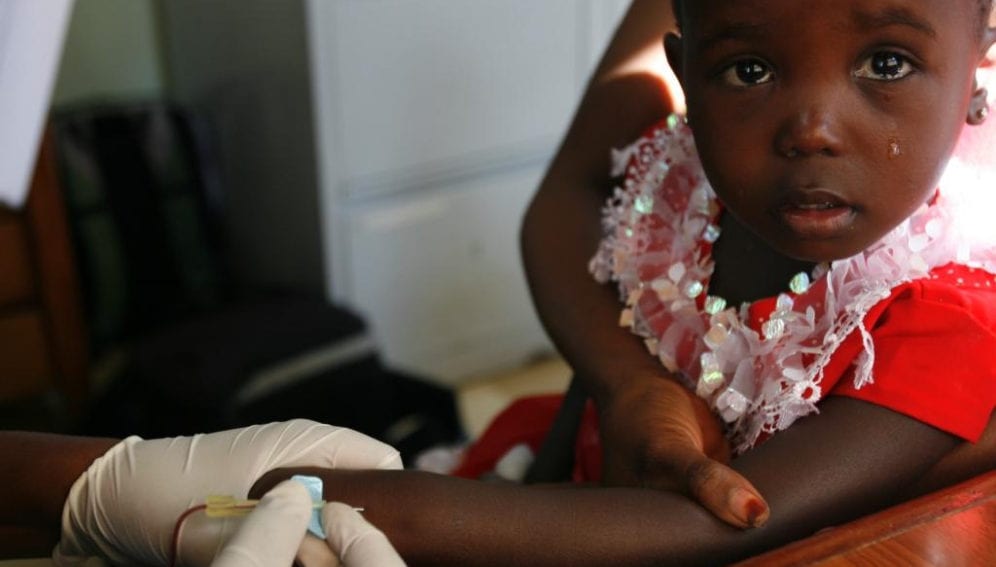By: Nick Kennedy
Send to a friend
The details you provide on this page will not be used to send unsolicited email, and will not be sold to a 3rd party. See privacy policy.
[LONDON] Developing nations’ research and development (R&D) funding for neglected diseases remains low, despite hopes that emerging economies would provide new funding streams, according to a major annual report published today.
Low- and middle-income countries (LMICs) provided only four per cent of public funding for such R&D in 2012, the sixth ‘G-FINDER’ (Global Funding of Innovation for Neglected Diseases) report shows.
Although the LMIC funding rose by more than US$9 million, or about 30 per cent, compared with 2011, the promise of a significant new funding flow has yet to materialise.
“Based on the continuing economic development of countries, particularly at the upper end of the LMIC spectrum, where neglected diseases are endemic, you would expect to see growth in funding beyond what we are currently seeing,” says co-author Nick Chapman, senior analyst at the think-tank Policy Cures, which published the report.
“Some advanced LMICs are very vocal that neglected diseases research needs to be funded, but it is not clear they are willing to take on a larger funding role themselves. There is certainly recognition that a larger portion of global funding needs to be provided by LMICs,” he adds.
But research and product development for new drugs and vaccines is not a high priority until LMICs move up the scale of economic development, says Chapman.
“I suspect that until LMICs have a full voice in the debate, the money won’t follow.”
John Reeder, WHO
Yet, as countries become more economically developed, their health profiles change and they start focusing on non-communicable and lifestyle diseases, such as diabetes, hypertension and cancer, he says.
The report also found that more than 99 per cent of LMIC funding is directed at domestic research, rather than regional or international research efforts. This shows that these countries prioritise growing their domestic research capacity over global health priorities, it says.
John Reeder, director of the WHO’s Special Programme for Research and Training in Tropical Diseases (TDR), says that to generate new funding streams, it is important to look at how involved LMICs are with setting the global research agenda.
“I suspect that until LMICs have a full voice in the debate, the money won’t follow,” he says.
“It is unrealistic to expect a low-income country to find money within its budget to put in a massive R&D budget for a global drug. On the other hand, if those drugs are going to be deployed in low-income countries and access is going to be fair and equitable, they need to be able to perform research that tells them how they can effectively deploy those drugs within their health systems,” says Reeder.
The focus should not be on working with an R&D funding model suited to high-income countries, he says, but rather on establishing a global consensus on funding priorities tailored for LMICs, and seeking innovative ways — such as open-access platforms — to generate funding for neglected disease R&D. An online global platform on health research resources would enable funders and policymakers to develop their own priorities and strategies to support R&D research.
Katy Athersuch, access policy advisor for health charity Médecins Sans Frontières, says: “The whole R&D funding system needs to be questioned a lot more.
High-income countries lobbied for a way of financing R&D that is based on high prices and monopolies that serve the interests of their corporations. So you can see why many LMICs find it difficult to contribute to the system. Even if they are funding a lot of early-stage R&D, when products come on to the market, the prices are unaffordable.”














